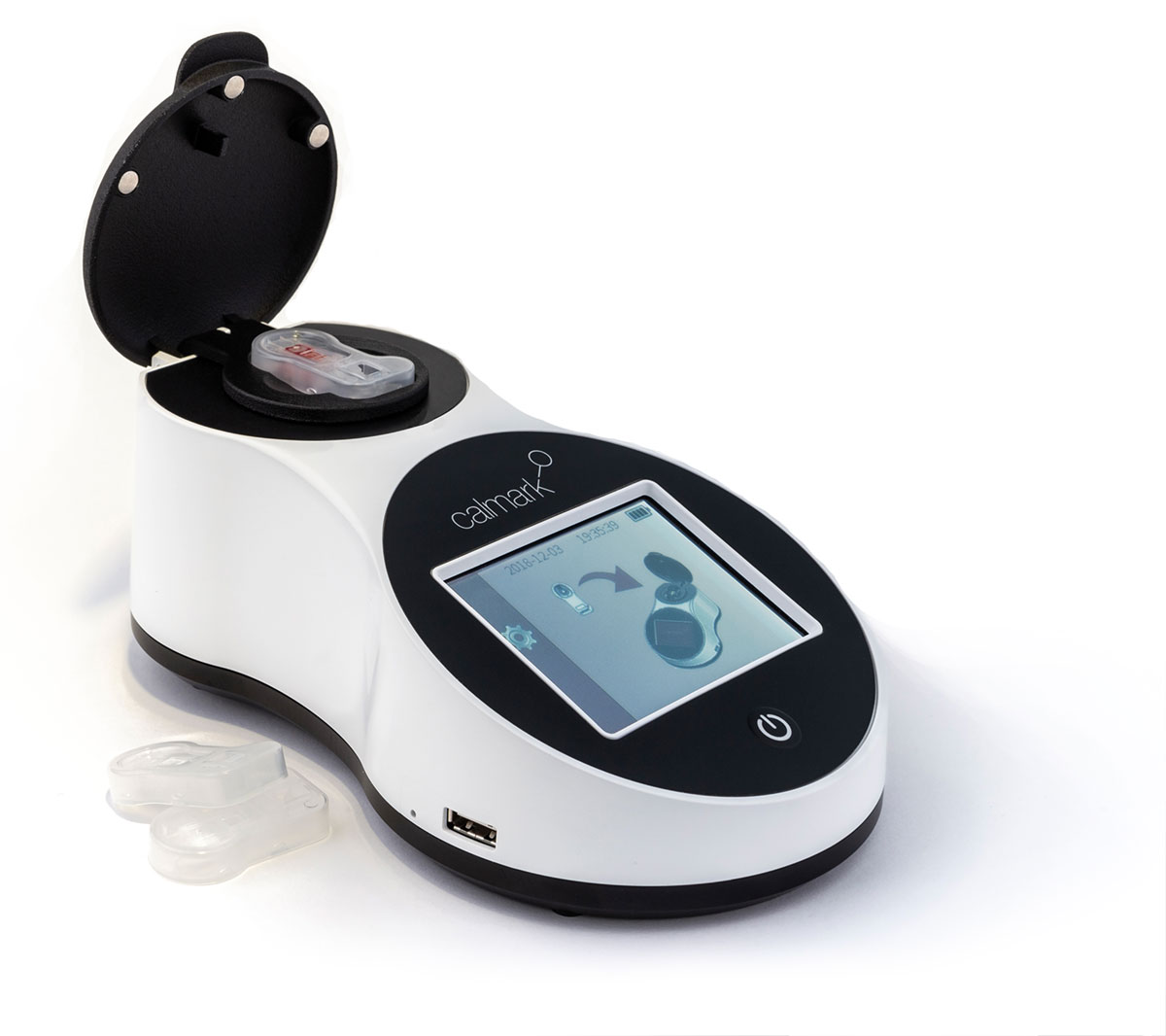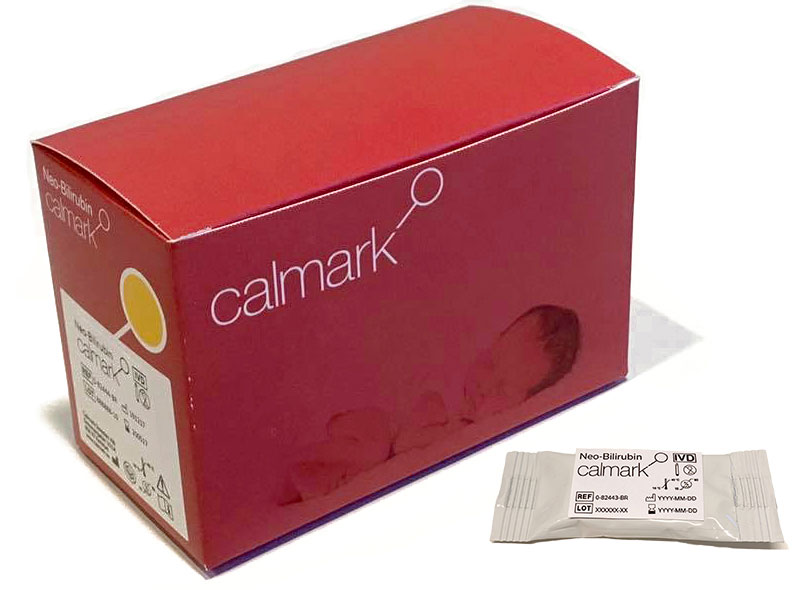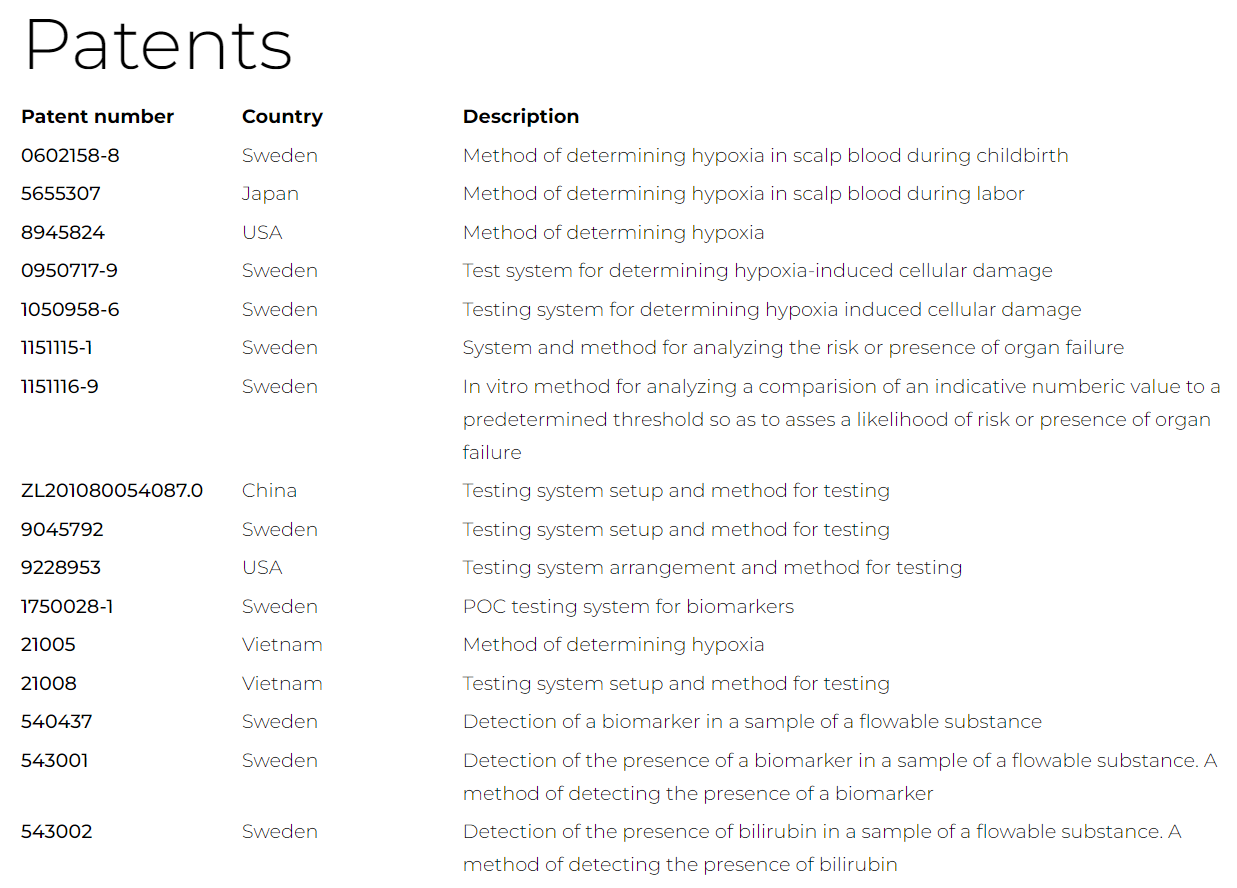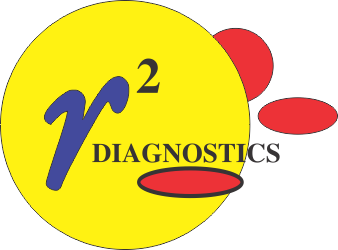Neo Products
Today, numerous samples from newborns are sent to hospital laboratories for analysis. This takes more time, requires a greater volume of blood and incurs higher costs due to extra labor for laboratory staff. Additionally, the tests are often inaccurate, as it is more difficult to obtain blood samples from newborns than from adults.
Calmark Neo – the platform
Calmark has developed a point-of-care (POC) diagnostic instrument to make measuring biomarkers for medical conditions in newborns easier and faster. The measuring instrument can document and measure results on the premises, in close proximity to the patient. The POC platform consists of an instrument and single-use test cassettes that are placed into the instrument during measurement.
The test cassette consists of a separate chamber in which the blood sample is placed. When the lid of the instrument closes, the test is activated and the blood sample reaches the filter design. Some of the filters are permeated with chemicals, which react with the relevant substance and produce a color change. This sequence of events takes place in a matter of a few minutes and is patented by the Calmark.


Neo-Bilirubin
Calmark Neo-Bilirubin quantitatively measures the concentration of bilirubin in whole blood of newborns and is used together with Calmark POC-Analyzer.
- Fast and quantitative measurement of bilirubin
- Optimized for accurate analysis with just a drop of blood
- Measurement range 150-500 µmol / L (9-29 mg / dL)
- No interference from hemolysis up to 2 g/L
- Accurate results at up to 60% hematocrite
Tests in Development
Bilirubin - CE marked in April 2020
A high bilirubin level is one of the most common reasons why newborn infants and their families need to return to the hospital after going home. Bilirubin is a toxin that is produced naturally in newborns because hemoglobin in the red blood cells breaks down during the first few days of life. Approximately 60–70% of all infants have a yellowish appearance and a whole 40% of all American children need at least one bilirubin test during their first period of life.
Glucose
Approximately 20% of all newborns have low blood sugar levels during their first few days before feeding becomes established and therefore need help to increase their blood sugar levels. Low blood glucose levels can lead to brain damage or even death, if left untreated. Currently, there are no POCT instruments on the market that are specifically designed for newborns, for whom measuring low glucose levels is most vital.
LDH
LDH is found in every cell of the body and is an enzyme that converts sugar into lactic acid. LDH is used to detect critical medical conditions such as oxygen deficiency in newborns. Therefore, LDH can serve as an important complement to clinical status and blood gas tests. A high LDH level in a newborn indicates that measures should be taken. Depending on the location and resources, initial treatment can begin immediately in order to reduce mortality and permanent damage.

